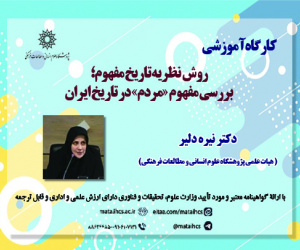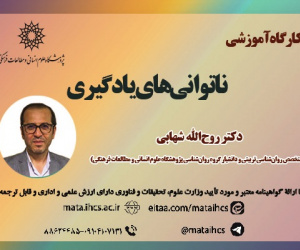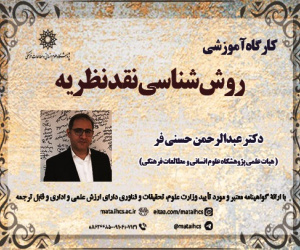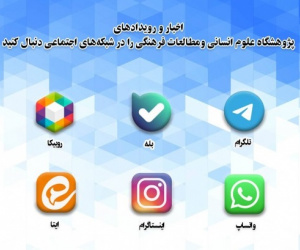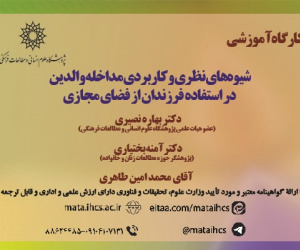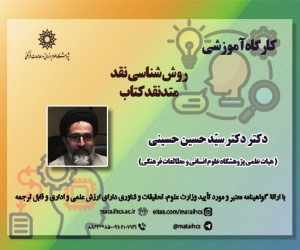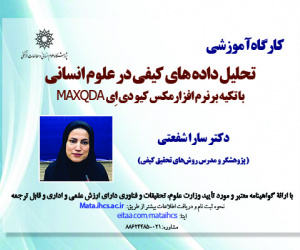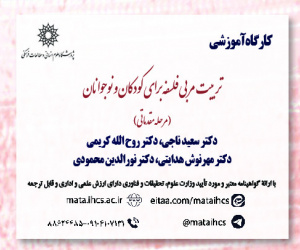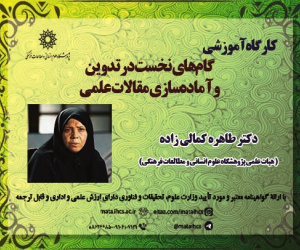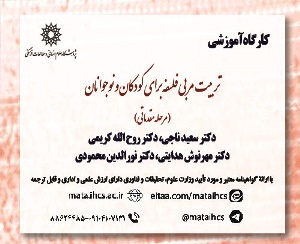دریافت کودکان از مفاهیم انتقادی پویانمایی های «دلیر » و «یخ زده » (مقاله علمی وزارت علوم)
درجه علمی: نشریه علمی (وزارت علوم)
آرشیو
چکیده
هدف اصلی این مقاله تبیین دریافت کودکان 9 تا 12 ساله از مفاهیم انتقادی دو پویانمایی دلیر (2012) و یخ زده (2013) است. ما در این پژوهش بر مفاهیم انتقادی درون این پویانمایی ها و همچنین چگونگی تفسیر این مفاهیم توسط کودکان تمرکز کرده ایم. چارچوب نظری برای این مقاله "نظریه دریافت" و روش تحلیل محتوای پویانمایی ها برای مقوله بندی و استخراج مفاهیم انتقادی آنها روش "تحلیل محتوای مردم نگارانه" است. ما با استفاده از روش نمونه گیری هدفمند 10 کودک (5 دختر و 5 پسر) را انتخاب و برای آنها دو پویانمایی مذکور را پخش کردیم و سپس با آنها مصاحبه های نیمه ساختاریافته انجام دادیم. یافته های ما نشان داد آنچه در دریافت مفاهیم انتقادی پویانمایی ها نقشی تعیین کننده داشت، مجهز بودن شرکت کنندگان به ابزارهای مفهومی انتقادی بود. آنها پویانمایی ها را بر اساس طرحواره ها و ابزارهای مفهومی در دسترس، تفسیر می کردند. به طور کلی، شرکت کنندگان مفاهیم انتقادی پویانمایی ها را برای تقویت باورهای پیشین خود و همسو با شناخت پیشین خود تفسیر می کردند، حتی اگر مفاهیم موجود در پویانمایی ها هم جهت با شناخت پیشین آنان نبود.Children’s Reception of Critical Contents in Brave and Frozen
The main objective of this paper is to explain how children follow the process of reception. We focused on children aged between 9 and 12 years old. The paper uses two animations, Brave (2012) and Frozen (2013) to offer its argument. Therefore, it focuses on critical concepts of these animations and the ways that children interpret these concepts. In order to explain how children get into the process of reception of the critical concepts in animations we used the "reception theory. Using purposive sampling and playing two animations for them was the way we eventually collected our information. In the end, some 10 interviews with children (five girls and 5 boys) were launched. Some of the results indicate that being equipped with critical conceptual tools is determinant in interpreting the animation stories critically by children. In fact, their interpretations from the animations were based on their previous at-hand schemas and conceptual tools. Children's receptions from the critical concepts of animations were completely different from one another and from what was depicted in the animations. In addition, they used animations to improve their earlier approaches and beliefs even though, the content of animations were critical and mostly opposed to their views.
